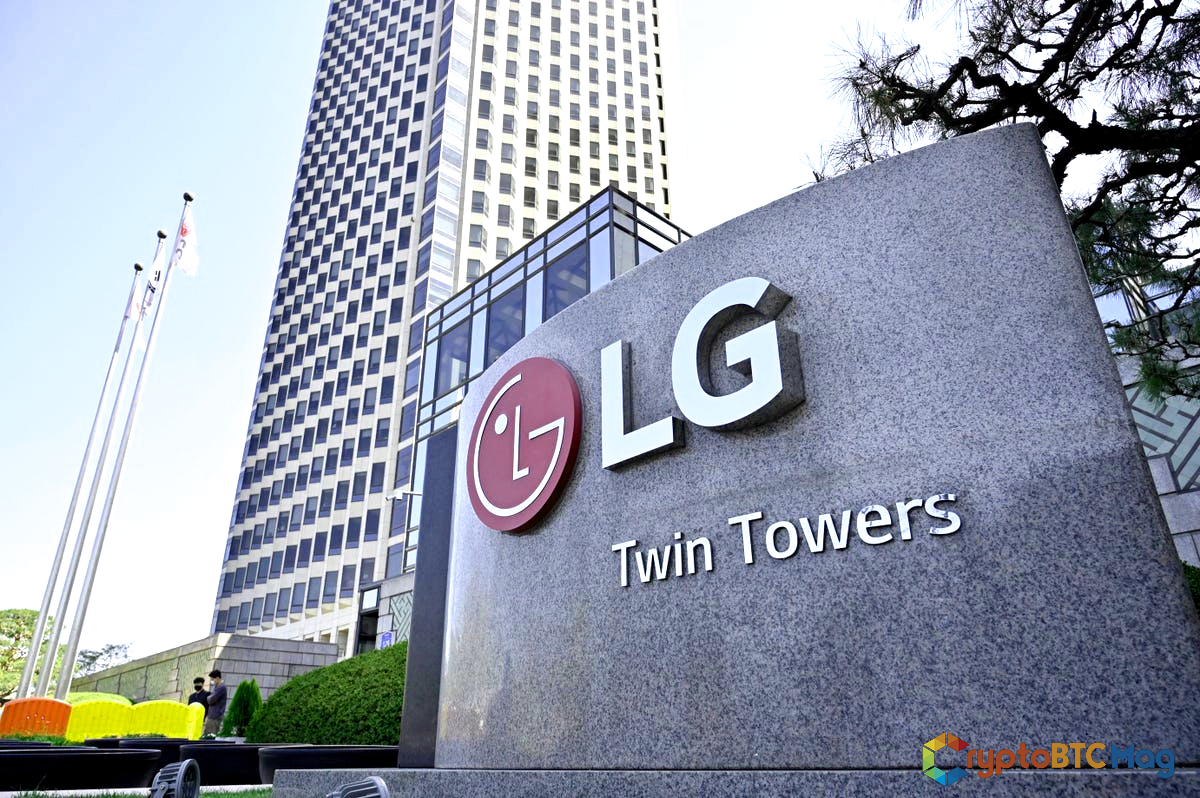
How Smart TVs Assist the Metaverse in Mass Market Development
Some TVs shown off this week at the annual CES trade show are said to make it as easy as clicking the remote to get into metaverse worlds or non-fungible token (NFT) wallets. This is part of a long-running race between manufacturers to make screens with the most bells and whistles. Learn How Smart TVs Assist Metaverse in Market Development.
In the past year, Samsung and LG introduced NFT marketplaces and metaverse platform integrations to their internet-connected “smart” TVs. These features supplement voice control and streaming apps. They’re making these adjustments to attract tech-savvy users and give their sets strength.
Also Read: INTERPOL Launches Metaverse Dedicated to Worldwide Law Enforcement
On the other hand, Web3 companies see smart TVs as a way they can reach a large number of people. By market share, Samsung and LG are the two biggest TV manufacturers worldwide. These days, you can’t throw a rock in a TV store without breaking the screen of a so-called “smart” model.
After putting an NFT marketplace on its smart TVs in September, LG announced this week that the feature is improving: Now, Blade Wallet works on its TVs. (They had only used LG’s wallet, Wallypto, before.)
Hedera’s blade uses the identical blockchain as LG’s marketplace. Why does LG prefer Hedera over Ethereum, where most NFT activity occurs? LG, Google, Ubisoft, and more back Hedera. Hedera prioritizes security and energy efficiency despite having smaller NFT platforms than OpenSea and Nifty. This may have attracted LG.
Bringing the metaverse to smart TVs
At CES 2023, Samsung and LG showed updates to their NFT wallets. For example, The Verge says that Samsung’s marketplace now has NFTs with 8K resolution. So far, only some other companies have tried to get a piece of the NFT pie. Given how bad the NFT and crypto markets have been this past year, that’s probably not a big surprise.
Another factor is that most other big TV brands compete on price, so they often cut features they think are optional. Until many customers ask for easier access to NFTs on their TVs, it’s unlikely that this feature will spread very far.
But this kind of demand could come from somewhere else: the metaverse. Most of the talk about metaverse hardware focused on virtual reality (VR) and augmented reality (AR). Still, intelligent TVs give users an easy way to “browse” metaverse worlds like they surf channels.
For that reason, LG may be reentering Web3: By 2023, Samsung’s smart TVs will have Orbit, a “portal to 3D interactive worlds.” Users can utilize their on-chain digital identities in many virtual worlds (apps) and transfer items across them.
A room full of high-end VR headsets can’t beat that natural stride toward a metaverse for the public. It’s one of the few significant consumer metaverse advances from CES, concentrating chiefly on hardware or the grand, visionary (and hazy) idea of taking your digital identity or “person” across different experiences.
The big picture doesn’t connect to our devices. Virtual reality is terrific for the metaverse, although its market is small compared to TVs. 11.2 million VR/AR headsets will ship worldwide in 2021, compared to 217 million TVs. Even if only a few TV purchasers explore the metaverse, it might aid adoption and accelerate it.






3 Comments